Install in your apartment or house new radiators instead of old people strive for various reasons. If you decide to make such a replacement, this article is for you. In it we will tell about the pitfalls that I can meet on the way to the goal
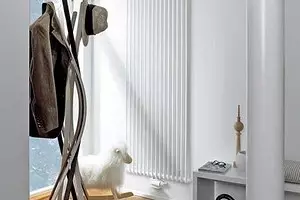
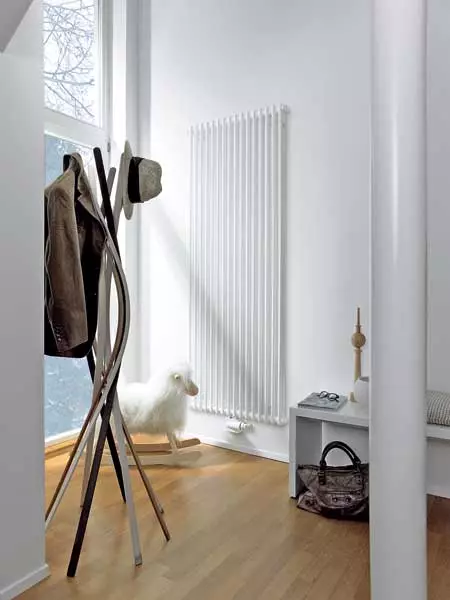
Design radiators are not only functional, but also very beautiful. Made devices made of thin-walled steel pipes and therefore are sensitive to the acid alkali composition of the coolant. It is aware, they, like all tubular radiators, need additional protection of the inner surface of the channels. Instruments without such protection are suitable only for closed individual heating systems.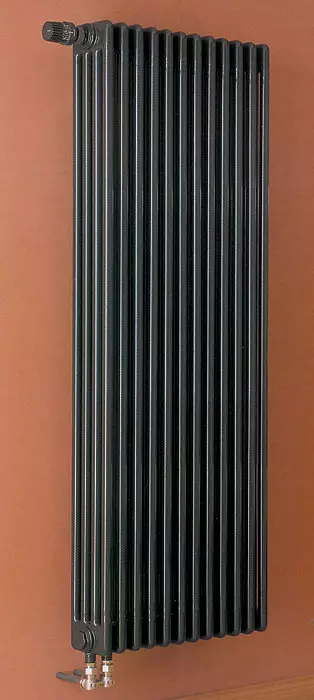
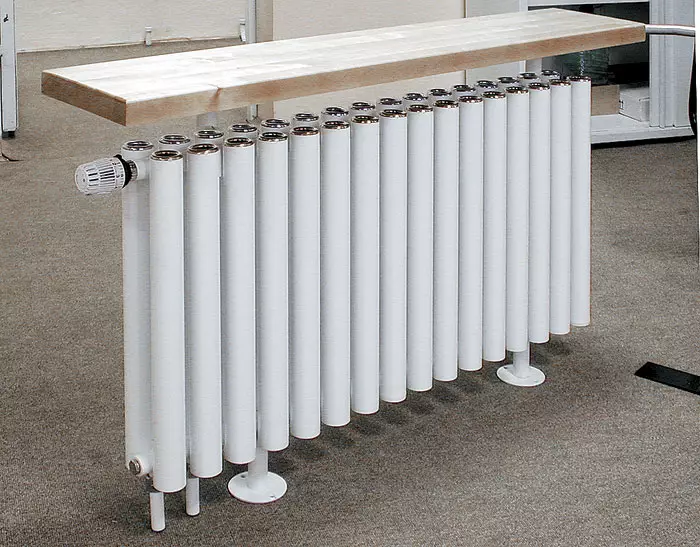
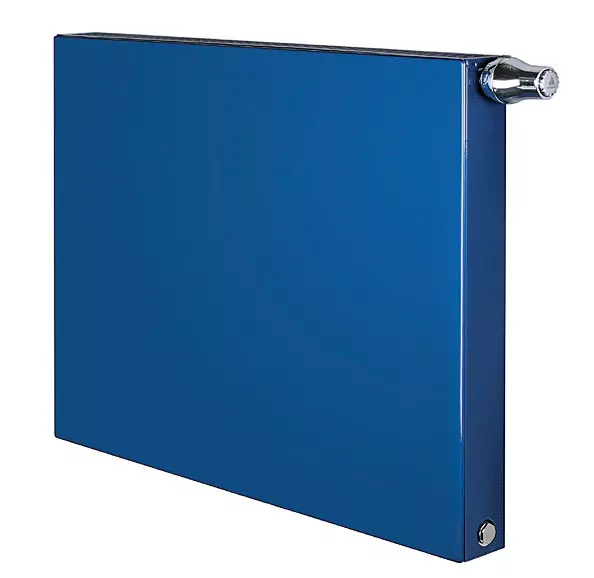
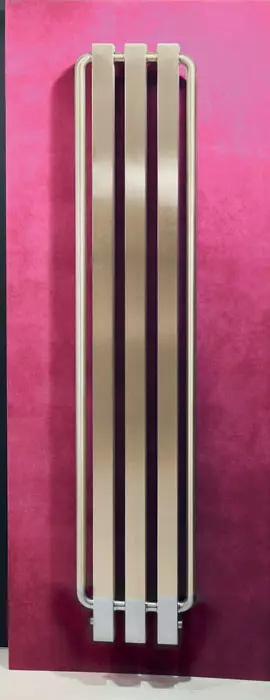
The modern Russian market of heating equipment offers the consumer a huge range of water heating radiators, differing in types, specifications, dimensions, design and price. With such an abundance of heating devices to avoid trouble, you need to seriously approach the selection of the model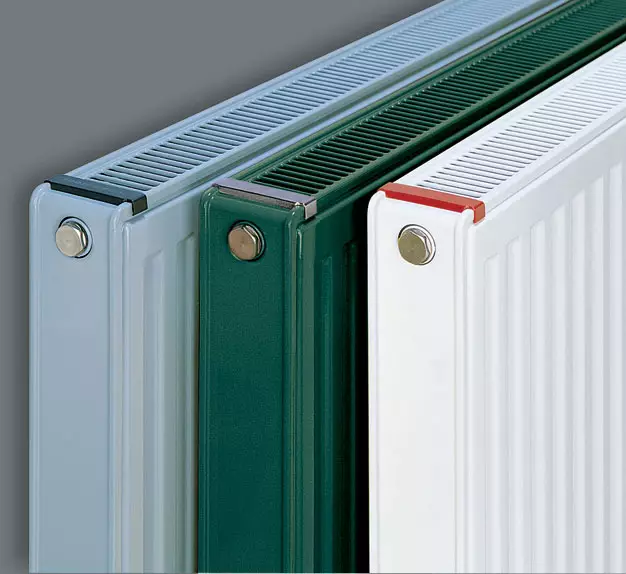
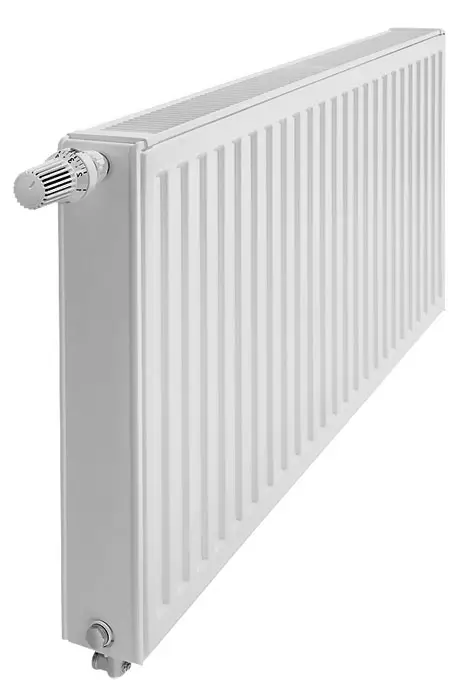
Both panel and any other types of radiators can be purchased not only white, but virtually any color by choosing it from the manufacturer offered by the manufacturer. True, it will increase their value by about 10%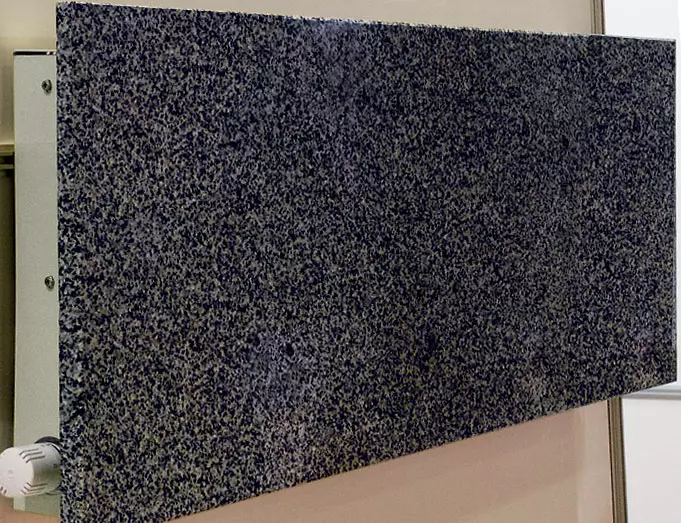
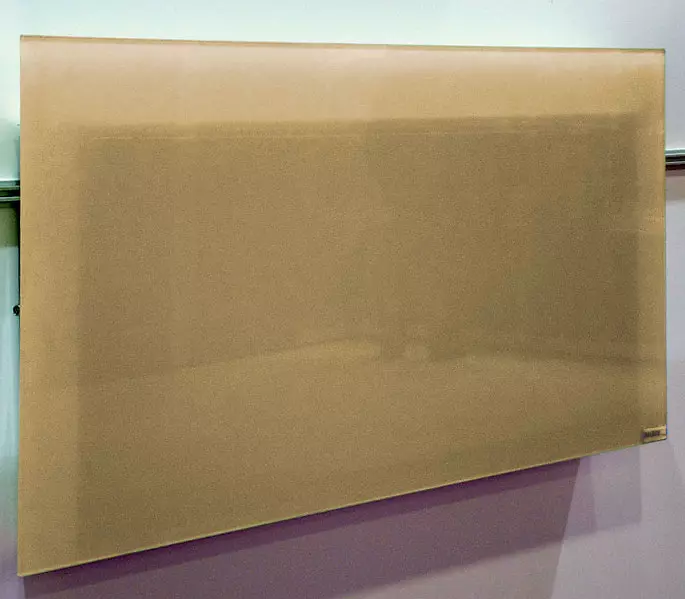
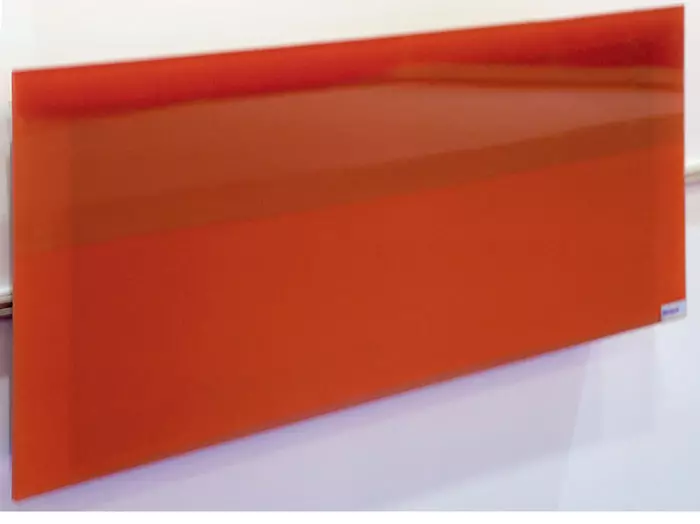
Front panel of minib convector finished with natural stone or tempered glass (b, c), which decorates products and at the same time increases their radiating ability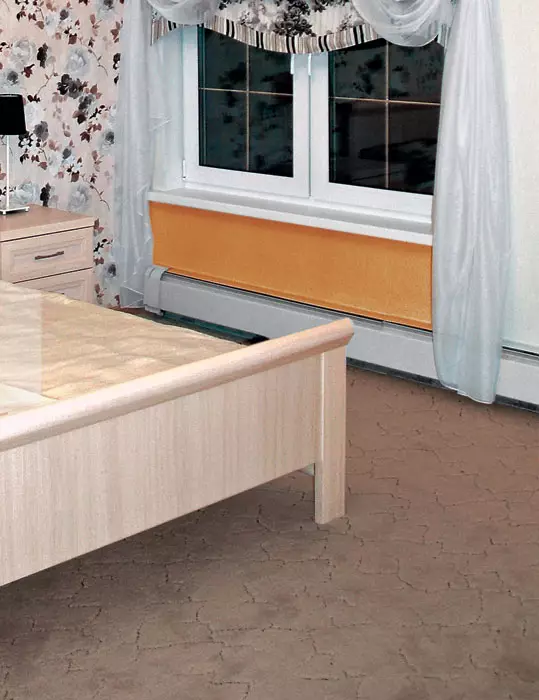
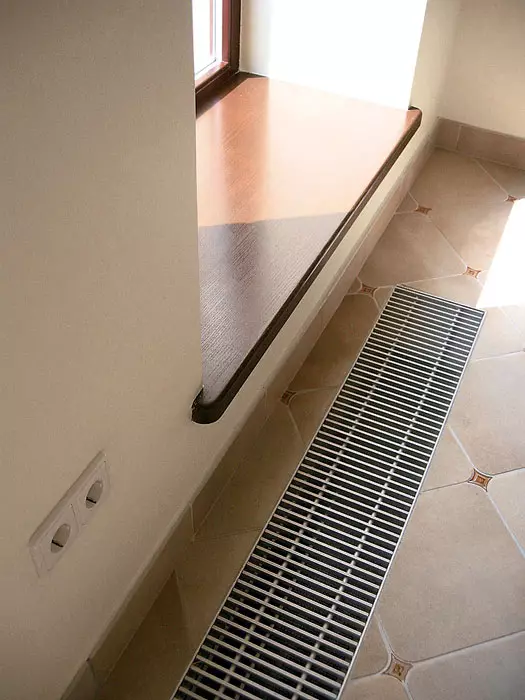
D.
Designers say that the best radiators are those that are practically invisible in the interior. These are plain convectors that are plinth (D) and built into the floor (D)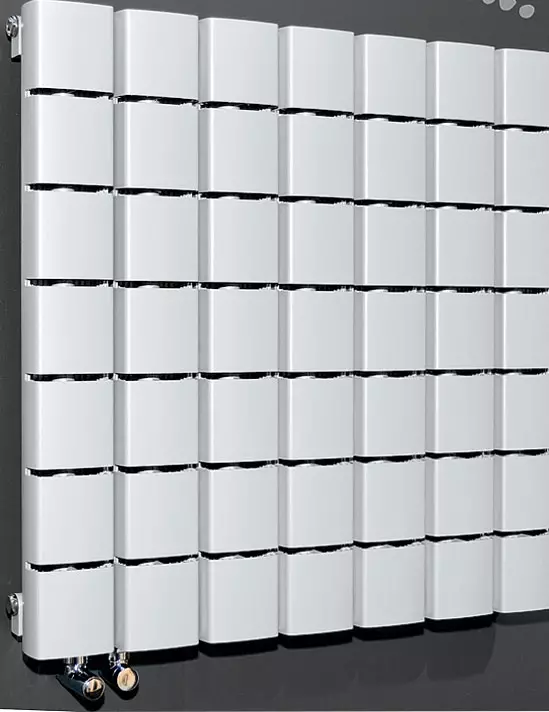
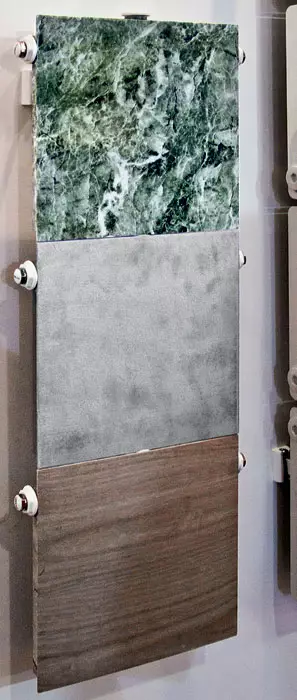
Novelty market - modular radiators. The manufacturer of your sketch will apply any "pattern" to their surface, and then gather the designer product from the modules of any desired shape and dimensions.
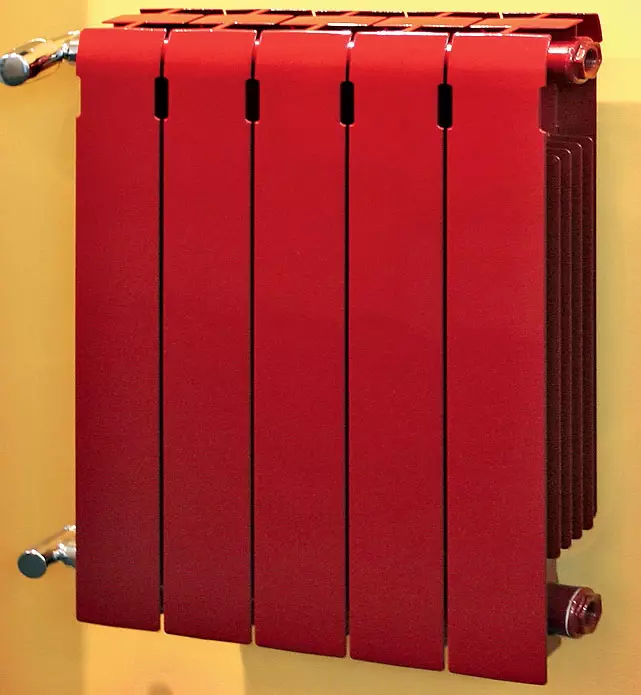
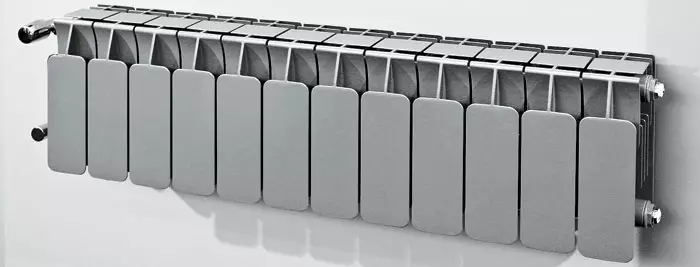
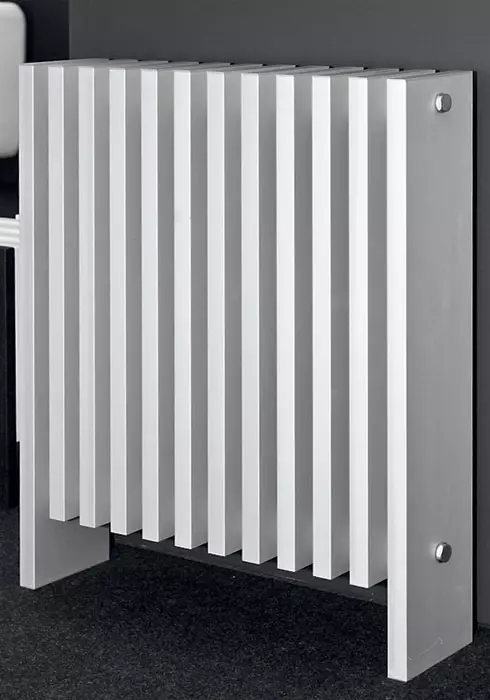
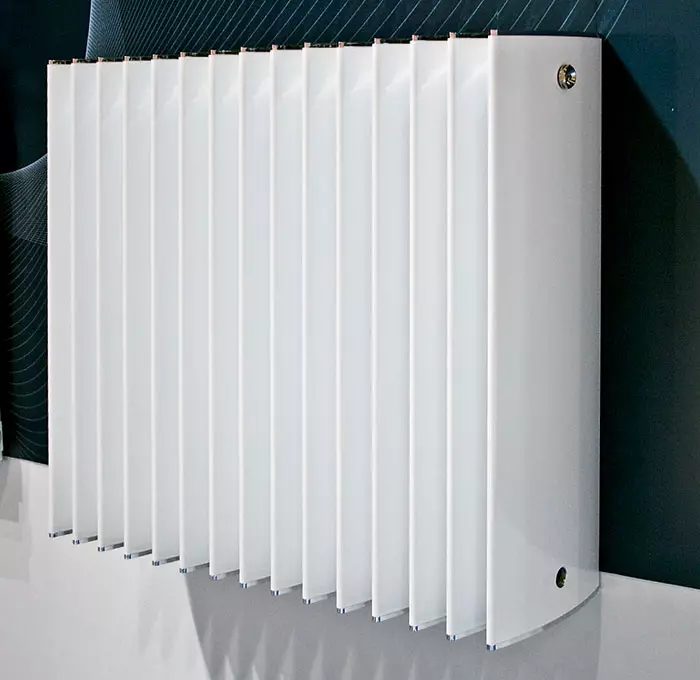
In 2011 Aluminum radiators made by pressing, but more stylish and modern appeared on sale. True, their cost in 1.5-2ruses is higher than the usual, since manufacturers refer them to design radiators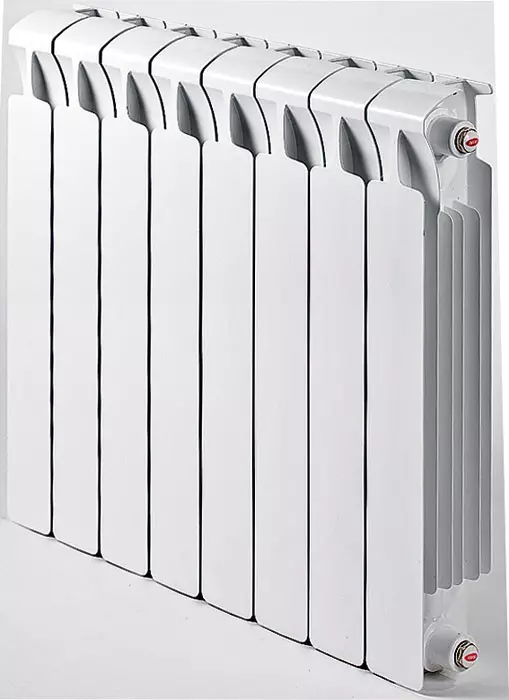
E.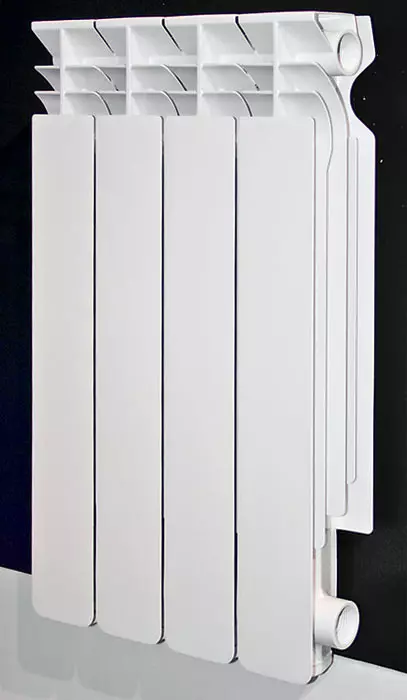
J.
In appearance, bimetallic radiators (e) are almost nothing from being caused by aluminum (g). Avota in its characteristics is greatly superior to them, because 30 bar is designed for working pressure, and in the weldable version can safely work even at 100 bar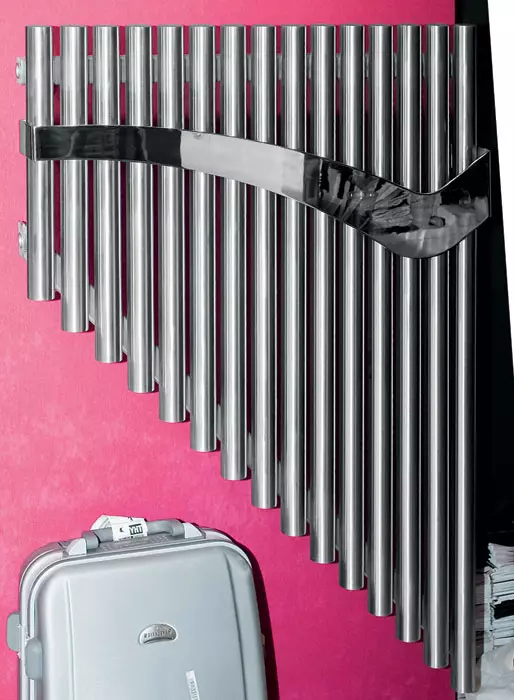
Z.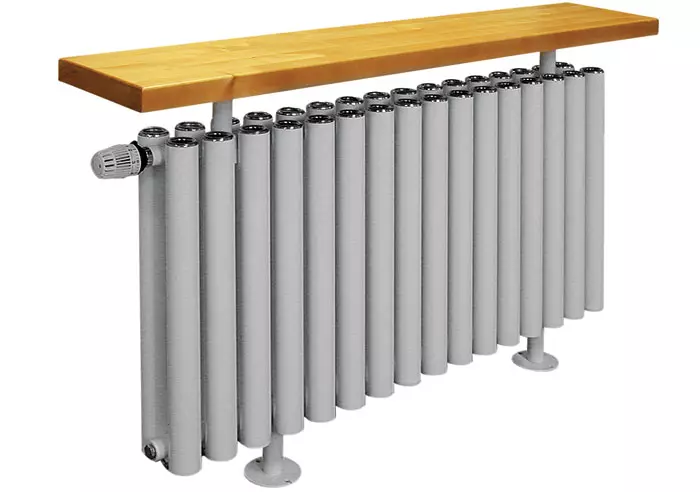
and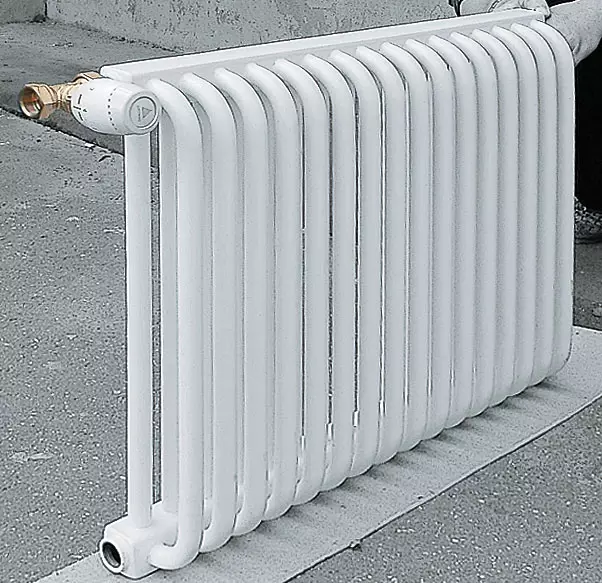
KTO
From the lacking sign of any tubular radiators (s - k) is their visual lightness and even "transparency". Radiators-convectors (s, and), the basis of the design of which is the vertically located hollow tube, the mini-organ is reministed in appearance. A similar "tool" can be installed in the most prominent place, it is able to decorate any modern interior. Although traditional models (K) have their advantages, such as an internal protective coating
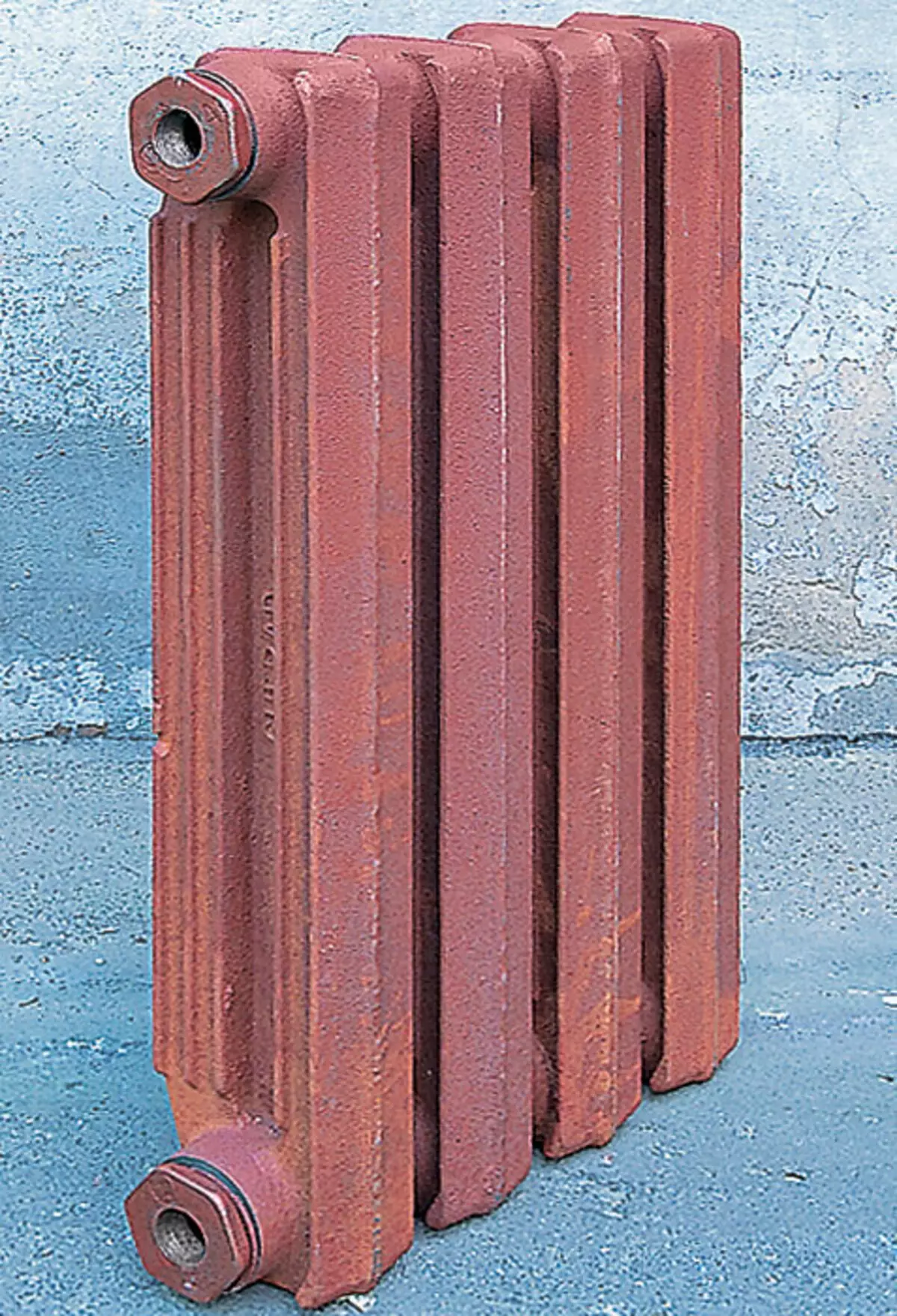
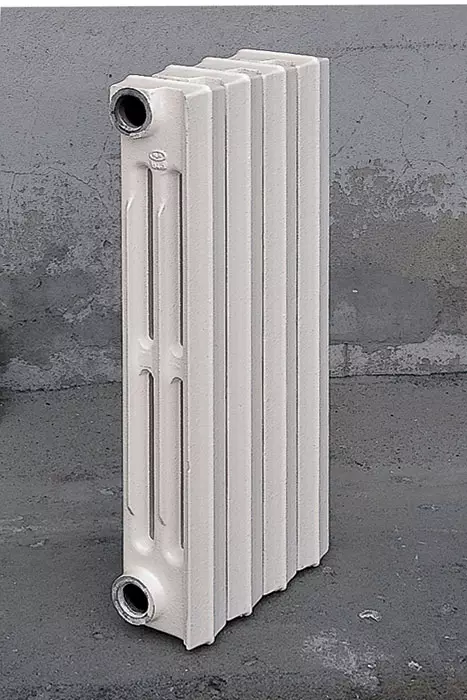
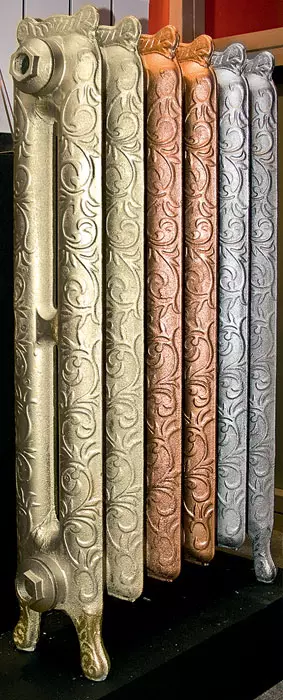
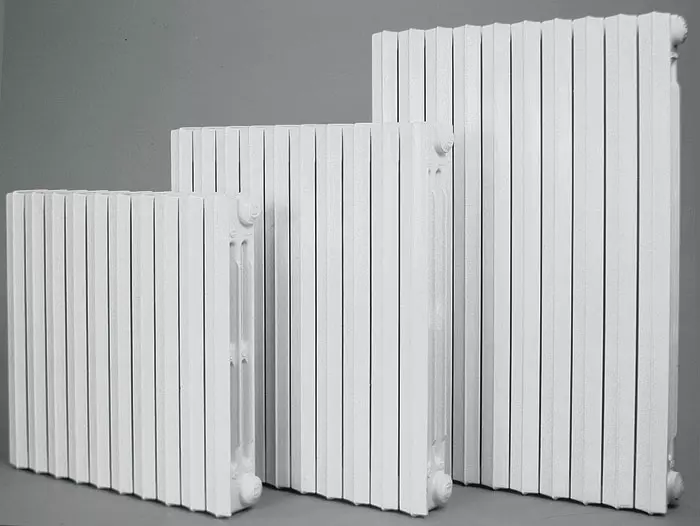
Until recently, cast iron Radro Radiators released mostly foreign firms. Now their production has mastered domestic companies
The editors thanks the company "Interma", "Time", "Heat-Art",
"Trade company" Giel ", Faral, Fondital, Minib, Radiatori 2000, Tenrad, Vogel Noot, Zehnder for help in preparing the material.
Install in your apartment or house new radiators instead of old people strive for various reasons. If you decide to make such a replacement, this article is for you. Twin we will tell about the pitfalls that I can meet on the way to the goal
You need to choose new radiators in return, guided by certain criteria. We asked for employees of several leading Russian companies to formulate them. They recommended picking radiators in accordance with four characteristics. This is the pressure in the heating network, the necessary thermal power, the location and geometry of the radiator installation site, as well as the level of the pH of the coolant in the system. The most important of these signs is pressure. The heating of the heating of multi-storey residential buildings does not characterize it alone, and three quantities: working pressure - 10 bar (about 10 atm), crimping (test) - 15 bar (15 atm) and discontinuity pressure (destruction) - 30 bar (30 atm). These values are correlated as 1: 1.5: 3.
Let's try to figure out which types of radiators offers a modern Russian market to the consumer. Describing them, we observed a certain order: the risk of emergency situations during the operation of the instruments decreases from the start of the list to its end. In addition, we consider the four examples of replacing radiators: in the new and old urban apartments, as well as in the new and old country houses.
Panel devices
The main heating element of these devices is the rectangular panel. It consists of two steel sheets with depressed in them, which, after welding sheets, form vertical channels for circulation of the coolant. To increase the heat transfer, steel P-shaped ribs "accordions" are welded to the back of the panel, increasing the area of the heated surface. The radiator may consist of one, two and even three panels connected, as a rule, in parallel. The weight of the instruments and the volume of water in them, relatively small, so radiators quickly react to temperature adjustment.Sometimes there are problems with panel radiators manufactured in Europe. The fact is that according to European standards, the crimping pressure is higher than the worker not 1.5, but only 1.3 times. European manufacturers are not indicated by the device, and only crimping pressure is 13 bar. Here it begins the confusion, and not in Europe, where such test pressure corresponds to the working value of 10 bar, and we have. After all, according to Russian standards, the relationship between working and test pressure - 1: 1.5, it means that for a radiator with a test pressure of 13 bar working should be not more than 8.7 bar. Honest sellers tell the buyer just such a value - 8.7 bar. The rest indicate either only the "European" working pressure of 10 bar, or only crimping - 13 bar, giving the buyer to calculate the amount of working pressure. But there are also those who thoughtlessly correct 13 bar per 15.
As a result, the buyer, who established such a radiator in his apartment, can avoid a flood with crimping, but there is a chance that the device, as experts say, will swell. It is difficult to detect visible changes in the geometry of the case, but that the swelling still happened, the cracked paint will testify on the radiator housing. Panel devices are definitely suitable for a country house where you can create any operating conditions for them.
Leaders in the production of steel panel radiators are Delonghi (Italy), Demir DKM (Turkey), Kermi (Germany), Korado (Czech Republic), Vogel Noot (Austria) IDR. From domestic firms should be mentioned by the "Mechanical Plant" (trademark "Konrad"), "Progress" (trademark PRADO) IDR. The cost of these products is 1200-2000 rubles. For 1 kW power.
Specialist advice
New radiators need to be chosen in three criteria. This pressure, thermal power and geometry of the installation site. The criterion is the first - pressure. First of all, it is necessary to find out how in your heating system working pressure, crimping, that is, the test (it is 1.5 times higher than the worker), and the pressure of the break (destruction), which is 3 times higher than the worker. If the working pressure is 10 bar (namely, such pressure is mainly calculated of the heating systems of urban apartments), the crimping should be 15 bar, and the pressure of the break is 30 bar. Why are there two recent values? Pressing pressure is created in the system of operation service, for example, after repair to identify possible defects. The Iradiator is obliged to painlessly withstand it. Destruction pressure is important because the so-called hydraulic blows may occur in the heating system (for example, when the pump is started without using the IT.D frequency converter). In this case, a short-term impulse load is formed, which is capable of literally in the shreds to disseminate the radiator not designed for it. Criterion Second - thermal power. Calculations of the necessary thermal power of radiators should be carried out in accordance with special tables or formulas, and specialists should do this. The approximate value of this indicator is determined at the rate of 1 kW of power to 10m2 area, provided that there is one window and one door in the room, the ceiling height is 3M, and the temperature of the coolant in the heating system is 70 C. If the temperature of the coolant differs from 70 s, power Radiator should increase (decrease) by 15-18% for every 10 from a decrease (increase) of temperature. If the room is an angular and two windows in it, it is advisable to set two sections (for each of the windows) with a total thermal power exceeding the normative by 1.7 times. But these are classic norms. Modern apartment buildings are much warmer than their predecessors, and they can install radiators of less thermal power - at the rate of 600-800W per 10m2. However, it should be borne in mind that the specified value is purely empirical, and modern standards confirming its correctness until there is. The result is the likelihood when choosing a heating device to make a mistake that it will be difficult to fix. After all, if the radiator has already been mounted into the heating system, but it did not fit due to low thermal power, it will not be possible to pass it back inversely. Therefore, experts are advised at the calculations to use either regulatory quantities or reduced by no more than 10-15%. If the thermal power of the radiator is slightly higher, it is not scary: the heat regulator installed at the inlet of the device can easily remove the heatCriterion Third - geometry. The radiator is usually placed under the window. At the same time, its length should be at least 50% of the width of the window opening, and in the nursery - at least 75%. Around the heating device there should be a space sufficient to move the air: the distance to the windowsill is not less than 100mm; to the floor - at least 120 mm; Before the wall - at least 20, but not more than 50mm. In the opposite case, the room will not be 10-15% heat. Finally, acquiring the radiator, you must know exactly how it is from which side it connects to the riser (from above, bottom, right, left), as well as the distance between the centers of the supply pipes and their diameter.
Nikolai Ivlev, Technical Director of the Firm "Time"
Convectors
Due to its simplicity and low cost convectors in the 70-80s. Xx in. We got very widespread - most Russian multi-storey houses built at that time are equipped with them. This heating device is a solid (more often bent) a metal horizontally located tube, on which thin plates made of metal are perpendicular to it. Such a simple design led to both the dignity and disadvantages of the device simultaneously.The foams should be attributed primarily high reliability: as a rule, convectors are designed for operating pressure 15-16 bar and test - 22.5-24 bars, but there are models for which these parameters are 25 and 37.5 bar, respectively. Oparbor is almost impossible to burn, despite the fact that it is designed for a high temperature of the coolant. The proportion of heat given under convection reaches 95%, which allows you to create an intense vertical stream of heated air - a thermal veil. Since the weight and inner volume of devices are small, their thermal inertia is minimal.
In the early years, convectors in mass order are replaced by the instruments of other species, because some of the listed advantages have become disadvantages. Manufacturers sought to simplify and reduce the production of already simple devices, so they differ rather poorly appearance and low heat transfer (35-40% less than that of cast-iron radiators). Intensive convection in some cases leads to uneven (and therefore uncomfortable) heating at height: under the ceiling - too hot, the floor is cold.
However, it is not necessary to completely refuse to use convectors, since these heating devices are not going to "die out". On the contrary, manufacturers are developing new models that differ in a variety of design, design solutions and applications. Heating elements are performed, as a rule, from copper tubes, and the plates fixed on them can be made not only of copper, but also from aluminum. These devices produce Bisque Radiators (United Kingdom), Jaga (Belgium), Kampmann (Germany), Minib (Czech Republic) IDR. The price of their products due to exquisite design is quite high - from 3 thousand rubles. For 1 kW. Convectors "Isotherm", KZTO or "SANTEHPROM" (all - Russia) will cost cheaper - from 2 thousand rubles. For 1 kW, since their appearance is easier.
Specialist advice
The usual consumer with the phrase "pH level" is associated with soap, shampoos and other means of personal hygiene. He eventually suggests that this parameter is one of the fundamental when choosing a radiator. All known heating devices are made of metal. As you know, any metal when contact with water is oxidized. As a result, an oxide film protecting the device from corrosion is formed inside the radiator and significantly extending its service life. But the process proceeds only under one condition - if the level of the pH of the coolant (water) in the system is 7-8 (neutral medium). What will happen to the heating device if this condition is not respected? Active corrosion begins with all the ensuing consequences. That is why the pH level is one of the most important parameters that need to be considered when choosing a radiator. However, in most cases, the consumer is difficult to find out the real pH indicator in the heating system of an apartment building. How to be? All the heating devices offered in the modern market according to their sensitivity to the acid-alkali composition of the coolant (pH) can be divided into two groups. The first group is instruments designed to work in systems with neutral PH at level 7-8 (very small deviations from this value are possible). The speaker group includes aluminum, panel and steel tubular radiators. The second group is devices capable of working with a coolant in which the pH level is significantly larger than or less than 7. Cata group includes fully bimetallic and cast-iron radiators. It is necessary to give preference in an apartment building. If the device is used in a private house or in an apartment with an individual heating system (that is, in conditions where you can control the level of the pH and change it), you can safely choose the radiator of the first group.
Andrei Savelyev, Brend Manager of the company "Interma"
Aluminum radiators
These devices cast from aluminum alloy have high heat transfer. Their front panel, perfectly flat and aesthetically attractive, well radiates warm. The upward part of the sections is the "windows", through which the heated air leaves, creating an intense convective stream. The mass of one section is from 1kg, the capacity from 0.25l, so the devices quickly respond to adjusting the parameters. The cost of one section - from 300 rubles.Choosing a radiator, be sure to find out its origin, because many fakes come to the Russian market. If the adubted device is both beautiful, and lightweight, and cheap, it is logical to doubt that he is "branded". There are no such combination of qualities in normal radiators. Low weight most likely suggests that the market producer saved on aluminum, which means that the walls of the device thinner than is supposed.
Example 1. Replacing the heating devices in the new apartment
In this case, the radiators will be replaced in the heating system made according to the approved and competent engineering project. This system is initially designed to use a specific type of radiators that will work out for 15-20 years without problems. New radiators in this situation are chosen in accordance with the details described by us four criteria: pressure, thermal power, geometry, pH level of the coolant. Their required values you will have to find out in the serving house of the management company. As for the type of radiator, any suitable for the criteria will be suitable for the new apartment. But note that by law you have the right without negotiation to replace the existing heating instruments just the same type on the device and technical parameters. If you decide to change the type, when you choose, move along ascending: from panel to "full bimetal" or even cast-iron radiators. Listen to long-term, sometimes exhausting, and sometimes expensive coordination procedure. It is not a fact that as a result you will definitely get permission to install precisely selected devices. It may very well be that engineering services will recommend you to prefer other, more reliable units. Therefore, do not rush to the acquisition: Decide with the type of radiators, agree your choice and only then go to the store.
Italian radiators appear in the markets and in the markets. This is not by chance: in Italy, many famous factories with many years of history producing quality products. But, leaning in favor of Italian products, you need to be alert. The fact is that in this country produce radiators with a working pressure of 6 bar, crimping - 9 bar and destruction pressure 15-20 bar. Unich such norms. Such products are in our market, but it is designed to install only in new private houses, wherever this technique can easily create the appropriate working conditions. Av urban apartment such a radiator can play a cruel joke, since his destruction pressure is quite low. As the next Aqua-Therm exhibition showed in February 2011, some Italian companies are because of the problems that appear in connection with the persistent reluctance of Russian consumers to understand the appointment of instruments and intrusive (otherwise you can not say) the desire to save, refused to supply our radiators to our market With a working pressure of 6 bar. True, it did not all, which means that you should not lose vigilance.
But the market for aluminum radiators occur. Some manufacturers recently began to produce aluminum high-pressure radiators designed specifically for Russia. What is the difference? The values of the working, test pressure and the pressure of destruction for aluminum radiators are determined by the cross section of the hole in the vertical channel of the section. Until recently, the cross section of this channel in shape resembled a rhombus, the sharp internal angles of which are a kind of voltage concentrators - if the pressure is above the norm, the crack can pass the crack on the joint of two planes. Now they began to make channels with a round or elliptic cross section, although technologically is harder. As a result, the radiator can be operated with significantly greater pressure. One of the first enterprises that have mastered the manufacture of such devices is the factory of the company Rifar (Russia) in Orenburg. Aluminum radiators produced on it are calculated on the working pressure of 20 bar, crimping - 30 bar and gap pressure 50-60 bar. Such radiators produce foreign companies: FARAL, FONDITAL, INDUSTRIE PASOTTI, RADIATORI 2000 (all - Italy). These devices stand a little more than normal, but they can be installed in the apartment, without fear of hydraulic shocks.
Example 2. Replacing radiators in an old apartment
Here the conditions are fundamentally different. If in the house where you live, the old heating system, predict how she behaves after replacing the radiator, they often cannot even be those who exploit it. Aneprofessional is all the more unable. Therefore, in this case, the recommendation is one - to change the devices solely on the same as previously. If, for example, before you had classic cast iron radiators MS-140, put similar new radiators. Strongly do not like MS-140? Purchase cast iron heating devices, more modern in form and design, but with the same hydraulic resistance, like MS-140. Then they will painlessly fit into the system, because "will behave" practically the same as old, but to warm will be much better. If you do not like pig-iron radiators, other equipment should be chosen very carefully, because in old systems the coolant can be "littered", and due to repairs, the instruments can often remain without water and result in corroded. The pressure of the coolant in the old networks is inclined to fluctuate, and if you, besides (God forbid), install a radiator with high hydraulic resistance than it was, serious problems will arise. Therefore, when choosing a type of heating devices, experts are advised to move not as if they are replaced in a new apartment - from panel to bimetallic, but on the contrary: first consider "full bimetall", then bimetallic and only then go down to pressed aluminum radiators, cast IT .. Tonight In the most extreme case, choose panel products. Why? In panel radiators, hydraulic resistance is much greater than that of the rest, and balance their work with an existing riser will be quite difficult, especially if you put the panel device into a single-tube system. After all, you will have to install before entering the bypass radiator (if it was not standing there), otherwise the apartment, the following in the chain of the heating system for your, will not be warm. The apacks you put it, the coolant in accordance with the laws of hydraulics of two possible paths will always prefer the one that has less hydraulic resistance, and the flow will be mainly through bypass, and not through the panel radiator. As in the previous example, get ready for the replacement of the type of radiator you will have to agree for a long time and painfully.There is another way to increase the reliability of aluminum radiators - the manufacture of vertical parts of sections by extrusion in return for casting. For this, the hollow profiles of the required configuration are compressed from the aluminum alloy and then simply cut them on the billet for the desired length. Of these, the sections on which the head-collector heads, made by the method of vibrating or injection molding, are put on top and bottom. Such radiators are calculated on the working pressure of 20 bar. Konner (Russia), Sira (Italy), Termosmart (Croatia), Radiatori 2000 Idre are supplied to our market. Price - from 350 rub. For the section.
What should fear, choosing an aluminum radiator? Products from this material are subject to electrochemical corrosion. It would seem that the trifle: it stands somewhere on the drilling roller brass valve. Well, let them cost themselves ... However, precisely because of it, due to the formation of a galvanic pair "Copper - aluminum" and the new radiator caused by its electrochemical corrosion can quickly fail. There are practically no rescue methods. Aluminum radiators do not like the oscillations of the acidity of the coolant - the pH value should be 7-8. The expression of operation inside the device is actively highlighted and hydrogen is accumulated, and this process is enhanced with pH oscillations aside both increasing and decreasing. If this gas is not removed, the device may even collapse. To combat named phenomenon, it is recommended to install automatic gas soldering devices. True, in recent years, radiators appeared on the market, which have a protective coating inside the channels. According to approvals of their firms, these new items are not afraid of corrosion, no changes in the pH of water. However, practice shows that even with a minor defect, the corrosion coating will necessarily arise. Therefore, specialists advise specialists to relate to loud statements by manufacturers. Only products of large and reputable companies should be purchased.
Bimetallic radiators
In principle, these are the same aluminum radiators, but they have a durable steel tube inside the vertical channel. Therefore, externally bimetallic heating devices are almost no different from aluminum, but their shortcomings are practically deprived.
The history of creating such radiators is curious. None of the manufacturers do not confirm this, but they say that they appeared when trying to cast an aluminum section with a round internal channel. To get it, the molding rod is laid inside the future channel, which is removed after casting. At the same time, the rod rods are easier to remove from castings than round. Ikto from technologists suggested instead of such a rod to lay the steel tube into the casting and leave it inside - let the price of the product increase a little, but it will be easier to manufacture it, which partly compensates for the cost of the steel tube. Tried - and the result exceeded expectations. The new technology not only solved the problem of receiving a round hole, but also gave life a new type of radiators - bimetallic. They are now quite well-deserved because the operating pressure is 25-30 bar, crimping - 45 bar and gap pressure 90 bar. The cost of one section is from 400 rubles.
One of the first firms that mastered the release of such radiators and offered them to the Russian consumer in 2003, became Sira. A little later, Global radiators (Italy) appeared, in which steel was no longer inside the vertical channel, but also in the head-heads covering it above and below. To distinguish such radiators from the previous ones, they began to be called completely bimetallic. Despite the higher price, interest in the "complete bimetal" is constantly growing, and such radiators produce all new manufacturers to the market, such as Climatic Control Corporation (United Kingdom, Bilux trademark), Hydrosta (Korea), FERT (China) IDR.
But on this technical progress did not stop. Recently, the production of new fully bimetallic radiators has established Rifar factory. The sections of the section are not connected by nipples - all steel elements are welded. A results of the destruction pressure for such radiators exceeds 200 bar.
Radiators - "Full Bimetal"
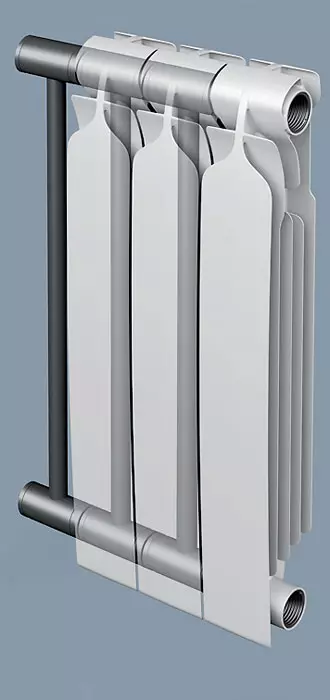
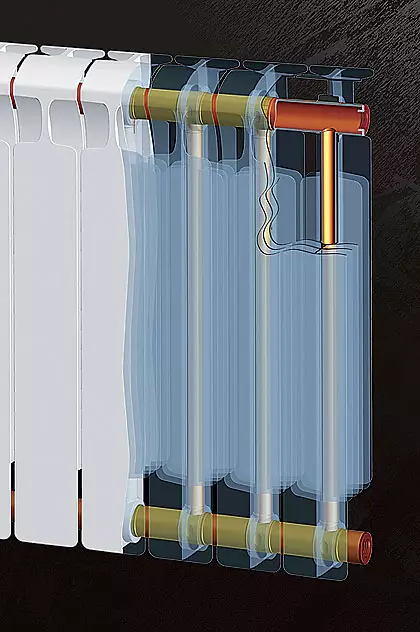
It can be assumed that inside the usual aluminum radiator is hidden than one - steel tubular, which gives the product as a whole exceptional properties. Today, such radiators are offered in two versions, from individual sections deriving from each other: for this, they can be used as a classic "radiator nipples" (a) and welding (b)
Tubular radiators
These devices were welded from steel tubes with a diameter of 20-50mm, having a thickness of the walls of 1-1.5mm in imported models and up to 2 mm - among Russian. The height of the radiators is 0.3-3m; The number of rows of tubes connecting the upper and lower collectors in the same section - 1-6. They are supplied to the Russian market of Arbonia, BEMM, Zehnder (all - Germany), Kermi, KZTO Idr.The devices are quite reliable: for imported products, working and test pressure is 10 and 15 bar, respectively, for Russian - 15 and 22.5 bar. They quickly react to the commands of automatic thermostators, as they contain a relatively small volume of the coolant. The radiation component of the heat flux prevails above the convection, providing a more uniform heating of rooms in height. Tubular radiators can have both familiar and the most incredible forms (this is exactly what it brought them popularity). Now, they are easy enough to wash them.
To the samples of these devices should be attributed to the occurrence of corrosion steel. To get rid of it, both foreign and domestic producers try to protect the inner surface of the pipes, applying special composition on it. For example, Russian Radiators of the PC (KZTO) brand have an internal polyurethane coating. Their biggest minus is a high price, reaching 5-6 thousand rubles. For 1 kW. This often causes the buyer to prefer any other type of radiators.
Tubular convectors
Undoubted interests for the consumer are devices that combine the quality of tubular radiators and convectors - tubular convectors. According to the design, they are similar to tubular radiators, but each vertical tube has double walls, between which the coolant moves. Such a radiator heats the room and convection, and radiation. Air heating from the inner wall of the tube and moving up its central opening creates a convective stream. The outer wall of the tube highlights the heat mainly with a radiant method. The heat transfer of tubular convectors may possibly be slightly lower than that of lamellar, but they are more evenly warming up the room in height. Releases such products called "Harmony" and "Stella", KZTO company. They are designed for operating pressure 15 bar and test - 25 bar. The price is quite attractive - from 400 rubles. For the section. On the market you can find both the design of European, Turkish or Chinese convectors.
Cast iron radiators
These heating devices are perhaps the most "ancient" - have many advantages. It is they who provide the most comfortable heating of the premises. Cast iron radiators easily withstand pressure, typical of Russian heating systems: working - 10 bar, test - 15 bar (but you can find devices that these values are 12 and 18 bar respectively). The aggregate, resistance to corrosion and contamination of the coolant is the highest compared to all the addressed devices. It is more useful for health to health than the rest, since 70% of heat is isolated by radiation and only 30% by convection. The same device is inexpensive: the price of one section - from 200 rub.However, they have and cons. Wethih radiators are a large mass, and therefore significant thermal inertia. Due to the small gap between sections with devices, it is difficult to remove dust, and the front panels tend to have a rough surface. These shortcomings of pig-iron products sometimes scare potential buyers.
But is it worth afraid? Thanks to modern technologies, cast iron radiators are worried about the second birth. Today on the market you can find models with an almost flat front panel and rounded corners. The volume of sections in them is reduced, which makes it possible to effectively effectively control the heat transfer of the radiator using automation. These are products of companies Ferroli (Italy), Viadrus (Czech Republic), MZOO (Belarus), Chaz (Russia), Demir DKM IDR. Those who allow funds can acquire radiators, the surface of which is decorated with a relief ornament in retro style. Such products produced CHAPPEE (France), GURATEC (Germany), Roca (Spain), Demir Dkm, Konner Idr.
Some results
We hope that by reading our article, readers will understand: the requirements of existing standards prohibiting without coordination to change radiators in the apartment heating system (if only old and new devices are not the same type of design and technical parameters) are not dictated by the priest of those who have developed their officials, but by necessity. Well, if you still really want to establish new, unusual radiators in return? Deciding for such a step, it is necessary to very thoughtfully and carefully approach the choice of new devices, preferred primarily as such that in their characteristics without problems will fit into the parameters of the heating system of the heating system. Aesley will bring some changes to it, then the most minimal.
Who should change radiators? Of course, the local locksmith plumber, as before, will perform any of your whim for money, and without any coordination. But remember: it does not bear responsibility for the possible consequences of their activities. After all, you have not concluded any contract with it with the engineering service. It means that the court has all the workshop (if before that everything will reach the case) is regarded only as a result of his individual work in his free time. Maximum, which threatens a locksmith, is a penalty for evading the payment of tax on this activity. Abytka from the Flood to compensation will be you.
Another thing, if you conclude with the same engineering service. The same fitter will come to you, but you will receive an official guarantee for your work. It is even better to entrust the replacement of radiators with a specialized firm in which you purchased them. It will still work under the supervision of the official representative of the engineering service. But as a result, you get a guarantee of both work and radiators. Inno it will be a visa of engineering service.
